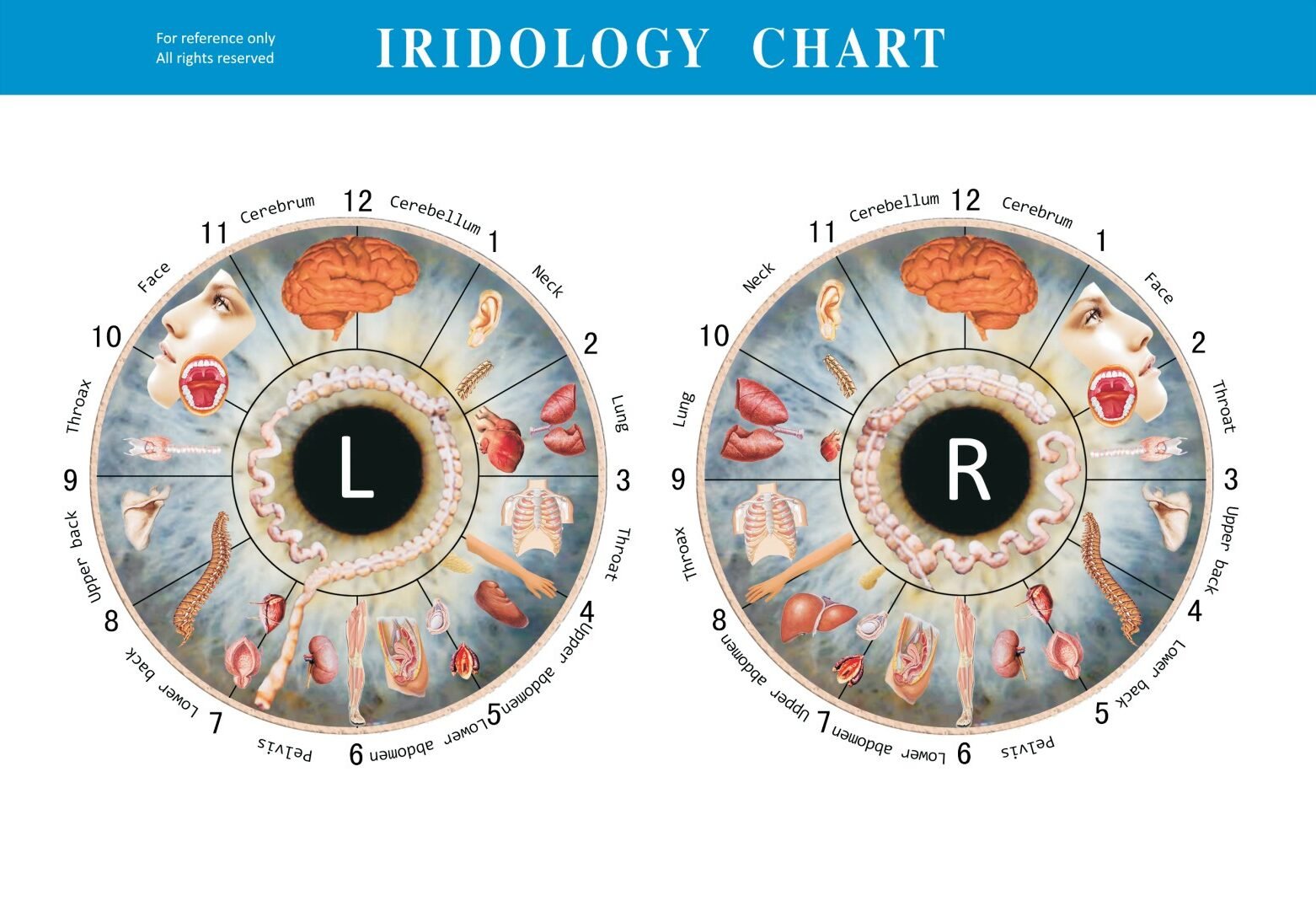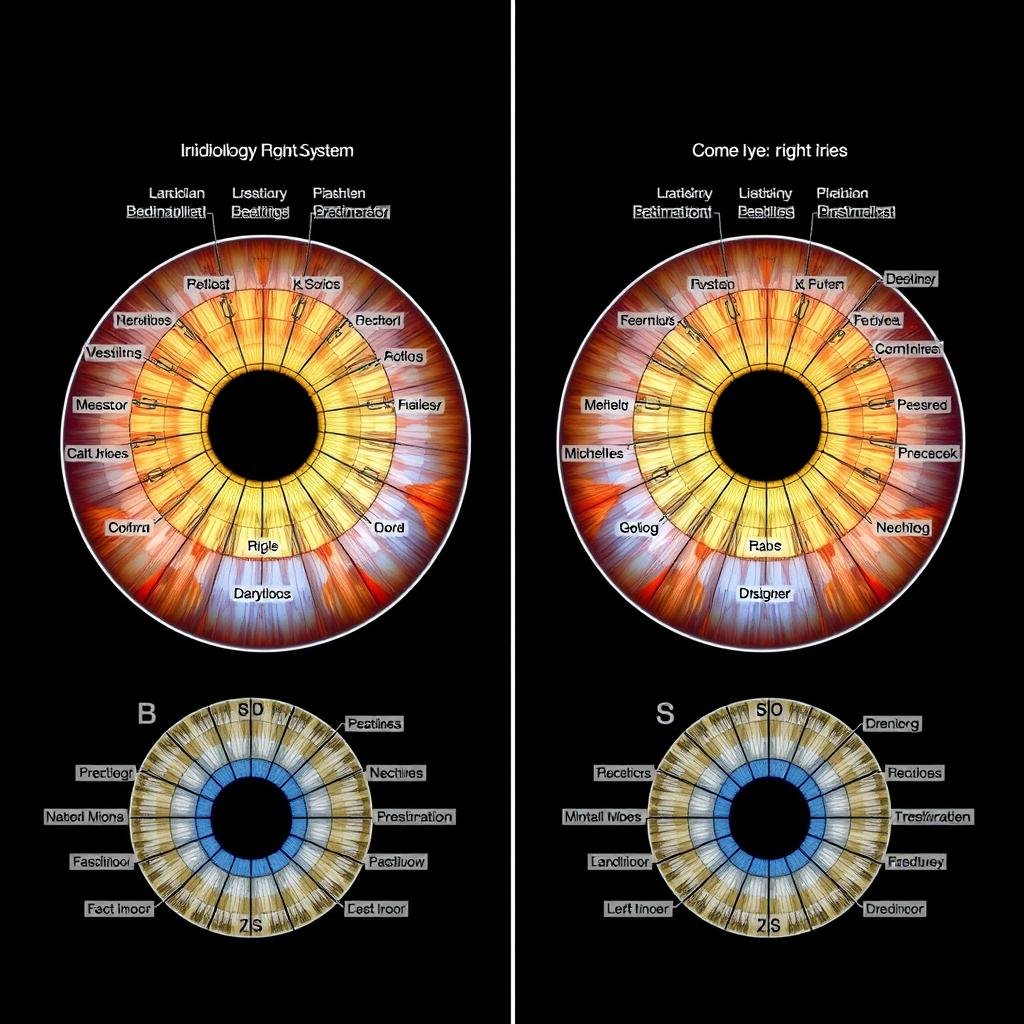The growing interest in non-invasive wellness assessment tools has brought renewed attention to علم القزحية—a practice that examines patterns, colors, and other characteristics of the iris to evaluate systemic health. At the center of this practice is the مخطط القزحية, a detailed mapping system that correlates specific zones of the iris with corresponding body systems and organs. As holistic approaches to health continue to gain popularity, understanding how to properly utilize an مخطط القزحية becomes increasingly valuable for practitioners seeking comprehensive assessment methods.
ما هو مخطط القزحية؟
و مخطط القزحية serves as a diagnostic tool that divides the iris into zones, each corresponding to different parts of the human body. These detailed maps allow practitioners to identify potential health concerns by examining changes in the iris’s appearance, including color variations, patterns, and structural characteristics.


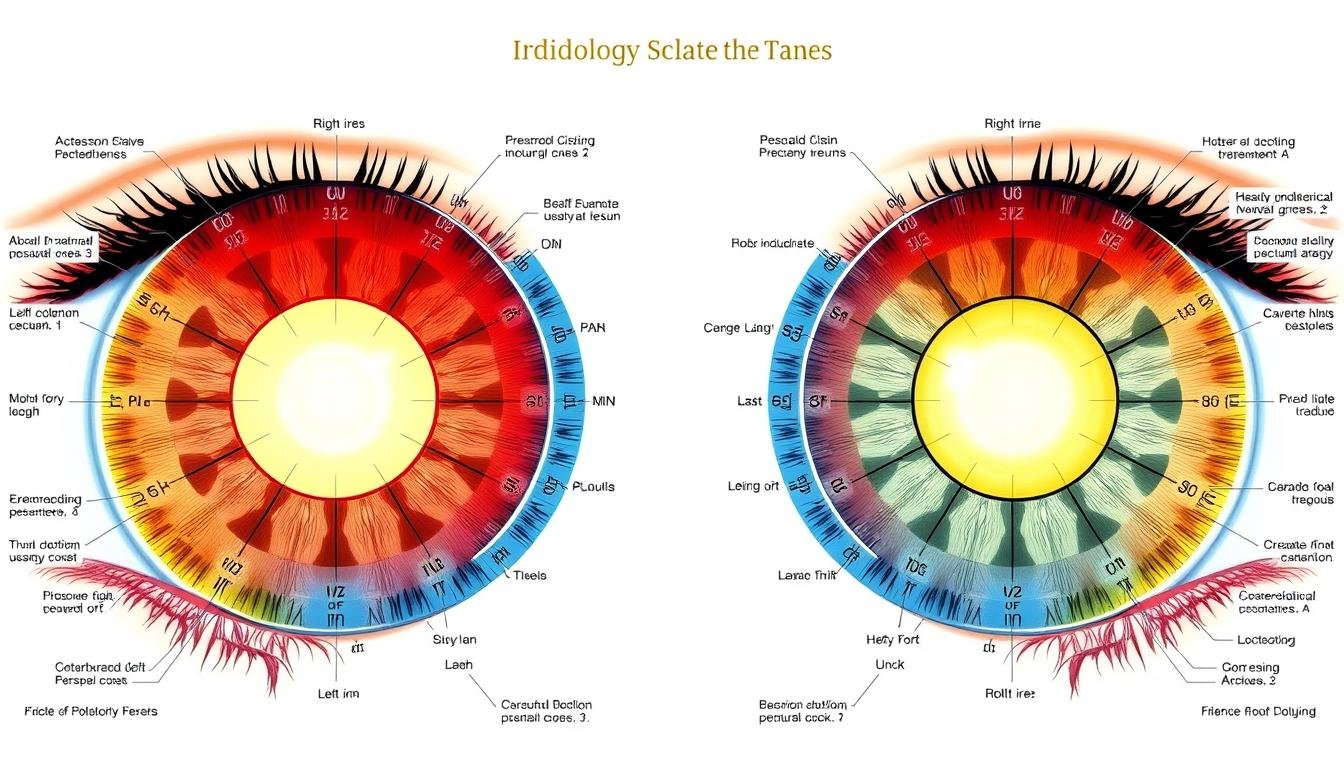
Comprehensive مخطط القزحية mapping iris zones to body systems
Historical Development of مخططات علم القزحية
The concept of examining the iris for health assessment dates back thousands of years, with evidence of iris examination appearing in ancient medical practices. However, the first explicit description of iridological principles appeared in the 17th century in “Chiromatica Medica” by Philippus Meyeus. The modern مخطط القزحية evolved significantly in the 19th century through the work of Hungarian physician Ignaz von Peczely, often recognized as iridology’s founding father.
Subsequent refinements came from Nils Liljequist of Sweden, who published an atlas containing 258 black and white illustrations and 12 color illustrations of the iris in 1893. In the early 20th century, practitioners like Pastor Emanuel Felke in Germany and Bernard Jensen in the United States further developed and popularized iridology mapping techniques, establishing the foundation for the comprehensive charts used today.

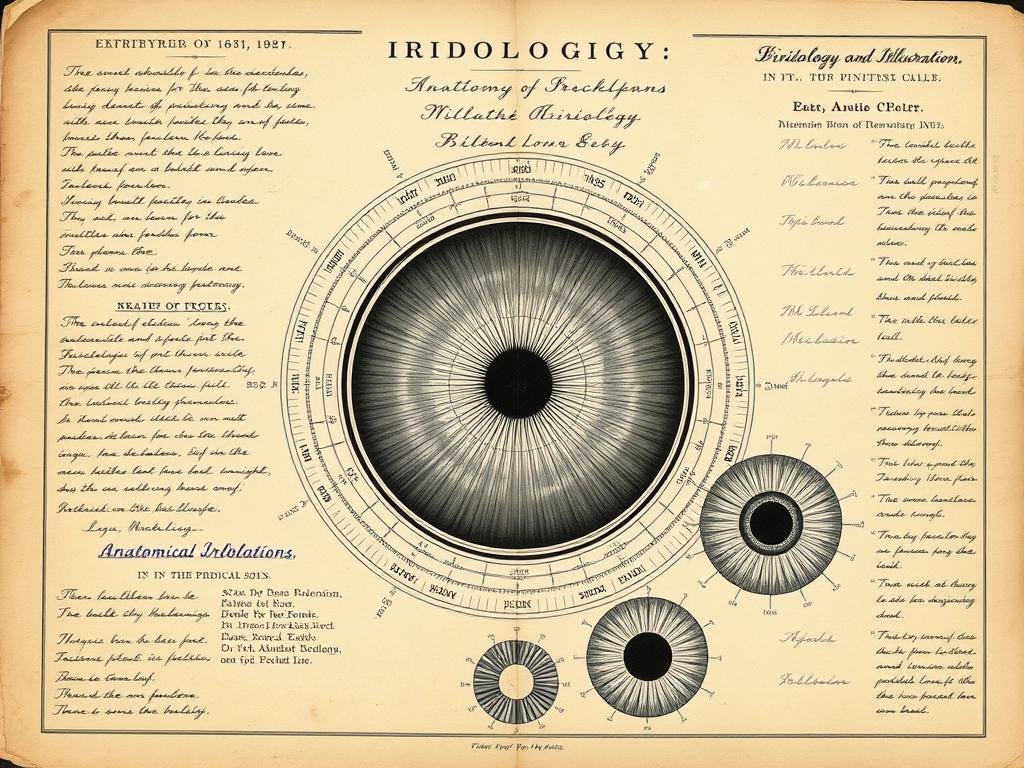
19th century مخطط القزحية illustrating early mapping techniques
Modern Applications of مخططات علم القزحية
Today’s مخطط القزحية systems have evolved into sophisticated tools used by holistic health practitioners worldwide. Modern charts typically divide the iris into approximately 80-90 zones, with minor variations between different systems. These detailed maps allow practitioners to correlate specific iris characteristics with potential health conditions in corresponding body systems.
Professional iridologists generally use specialized equipment such as slit-lamp microscopes, high-resolution cameras, and digital imaging software to examine the iris in detail. These technological advancements have significantly enhanced the precision and consistency of iris analysis when used alongside comprehensive مخططات علم القزحية.
Professional مخطط القزحية Systems
Our company provides customizable, high-quality iridology equipment including professional-grade charts, cameras, and software for medical practitioners and wellness professionals worldwide.
طلب معلومات المنتج
The Science Behind مخطط القزحية تحليل
The practice of iridology is based on the premise that the iris contains nerve fibers that respond to changes in body tissues by manifesting a reflex physiology that corresponds to specific tissue changes and locations. According to iridology theory, these changes can be systematically mapped using an مخطط القزحية.
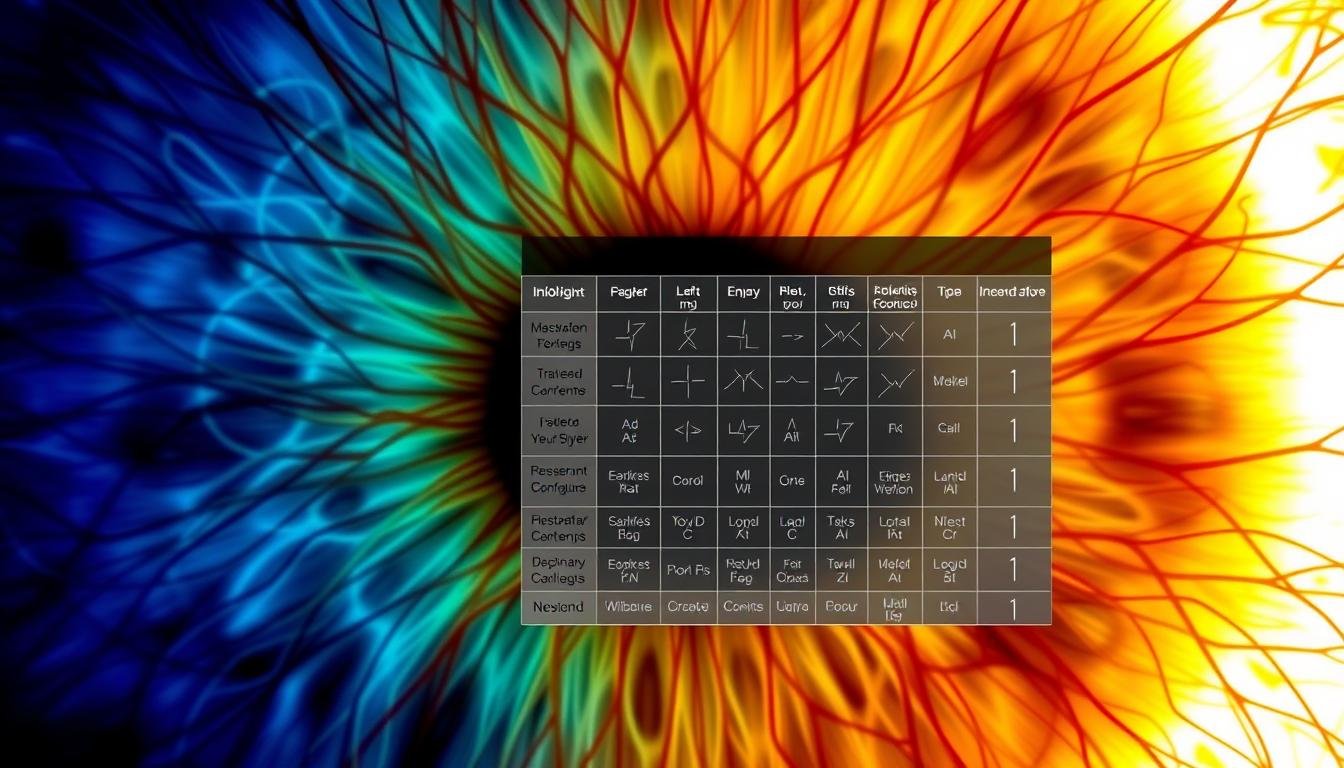
Microscopic view of iris structures with مخطط القزحية mapping
Zone Mapping Principles
The fundamental principle behind مخطط القزحية analysis is that the iris is divided into zones that correspond to specific organs and systems in the body. For example:
Right Iris Mapping
- Top Region – Brain, head, and sinuses
- Upper Quadrants – Lungs and respiratory system
- Middle Area – Liver, gallbladder, pancreas
- Lower Region – Kidneys, intestines, reproductive organs
Left Iris Mapping
- Top Region – Cerebral circulation, mental function
- Upper Quadrants – Spleen, stomach, lymphatic system
- Middle Area – Small intestine, colon, spine
- Lower Region – Bladder, reproductive system
Interpreting مخطط القزحية Color Patterns
Beyond the zone mapping, مخططات علم القزحية also guide practitioners in interpreting various iris colors, textures, and markings. These characteristics may indicate different health conditions according to iridology theory:
| Iris Feature |
Appearance |
التفسير التقليدي |
| White Streaks |
Bright white lines radiating from pupil |
Inflammation or overactivity in the related organ |
| بقع داكنة |
Concentrated pigmentation areas |
Possible toxic accumulation or tissue damage |
| Rings (Contraction Rings) |
Circular patterns around the iris |
Tension or stress in nervous system |
| Klumpenzellen |
Cloudy or flocculated areas |
احتقان نظام اللمفاوية |
| Blue/Gray Iris Base |
Overall blue or gray coloration |
Associated with lymphatic constitution |
| Brown/Mixed Iris Base |
Brown or mixed coloration |
Associated with hematogenic constitution |
Professional iridologists use specialized equipment to examine these features in detail, comparing their observations to comprehensive مخططات علم القزحية for interpretation.
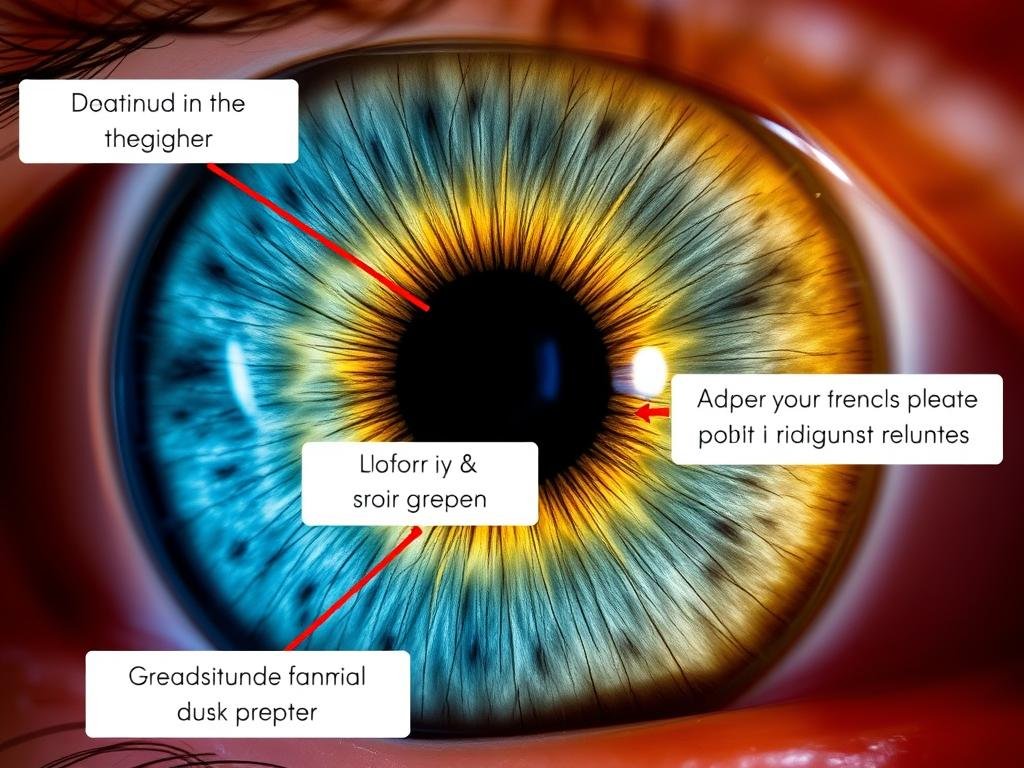
Detailed iris examination with مخطط القزحية interpretation
5 Ways مخطط القزحية Complements Modern Wellness
While scientific validation of iridology remains a subject of debate in conventional medicine, many holistic practitioners find value in incorporating مخطط القزحية analysis into their practice. Here are five ways this approach may complement modern wellness strategies:

Holistic practitioner utilizing مخطط القزحية in wellness assessment
- Non-invasive Assessment Tool – مخطط القزحية analysis offers a completely non-invasive method for health assessment, requiring only visual examination of the iris. This makes it appealing to clients seeking gentle evaluation methods.
- المنظور الشمولي – The comprehensive mapping of the مخطط القزحية encourages practitioners to consider the interconnectedness of body systems rather than focusing on isolated symptoms, aligning with holistic wellness principles.
- Preventive Approach – Practitioners of iridology suggest that changes in the iris may indicate potential health issues before clinical symptoms appear, potentially supporting preventive health strategies when used alongside other assessment methods.
- Client Education Tool – The visual nature of the مخطط القزحية makes it an effective educational tool for explaining health concepts to clients, increasing engagement and understanding of holistic health principles.
- التقييم التكميلي – When used in conjunction with other diagnostic methods, مخطط القزحية analysis may provide additional perspectives that complement conventional health assessments.
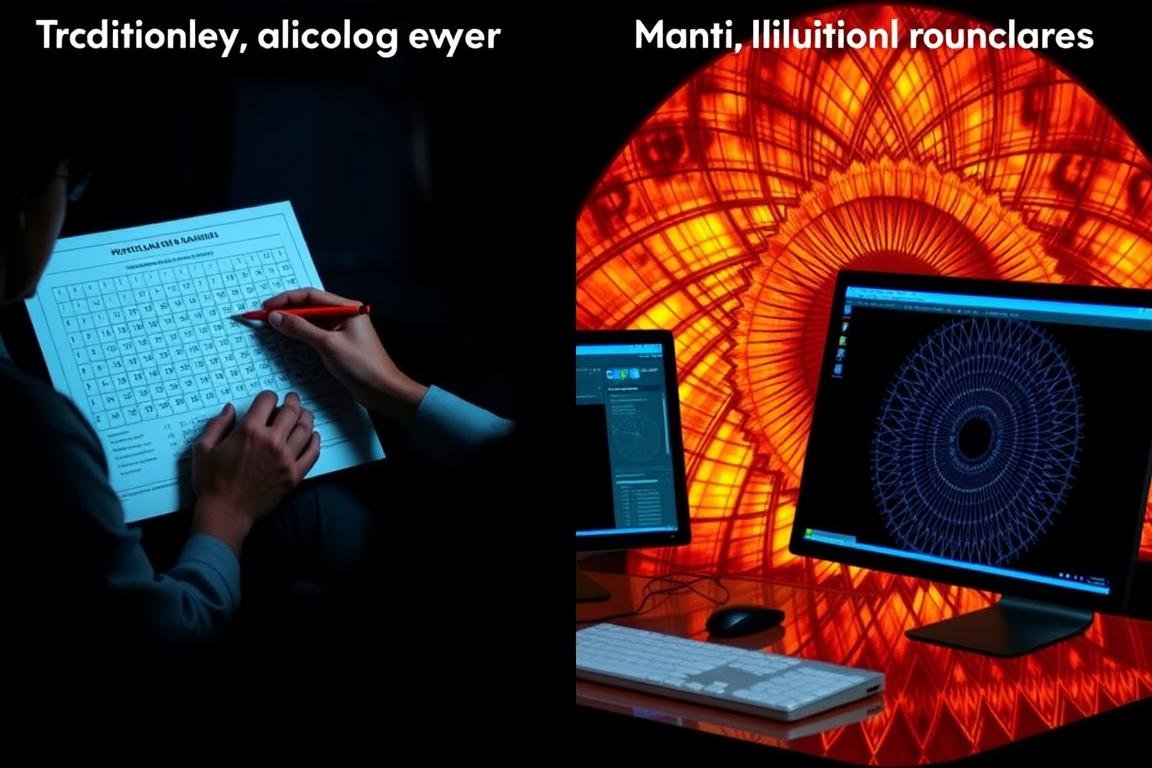
Evolution from traditional to digital مخطط القزحية analysis
Professional Iridology Equipment
Our company specializes in high-quality iriscopes, iridology cameras, advanced software, and comprehensive مخططات علم القزحية for professional practitioners. All products come with technical support and training resources.
Case Studies: مخطط القزحية in Practice
While scientific studies have not conclusively validated iridology, many practitioners report positive experiences incorporating مخطط القزحية analysis into their practice. Here are some practitioner perspectives:
“I’ve been using comprehensive مخططات علم القزحية in my practice for over 15 years. While I never use it as a sole diagnostic tool, I find it provides valuable insights that complement my other assessment methods and often helps guide more targeted nutritional and lifestyle recommendations.”
– Dr. J. Chen, Holistic Health Practitioner
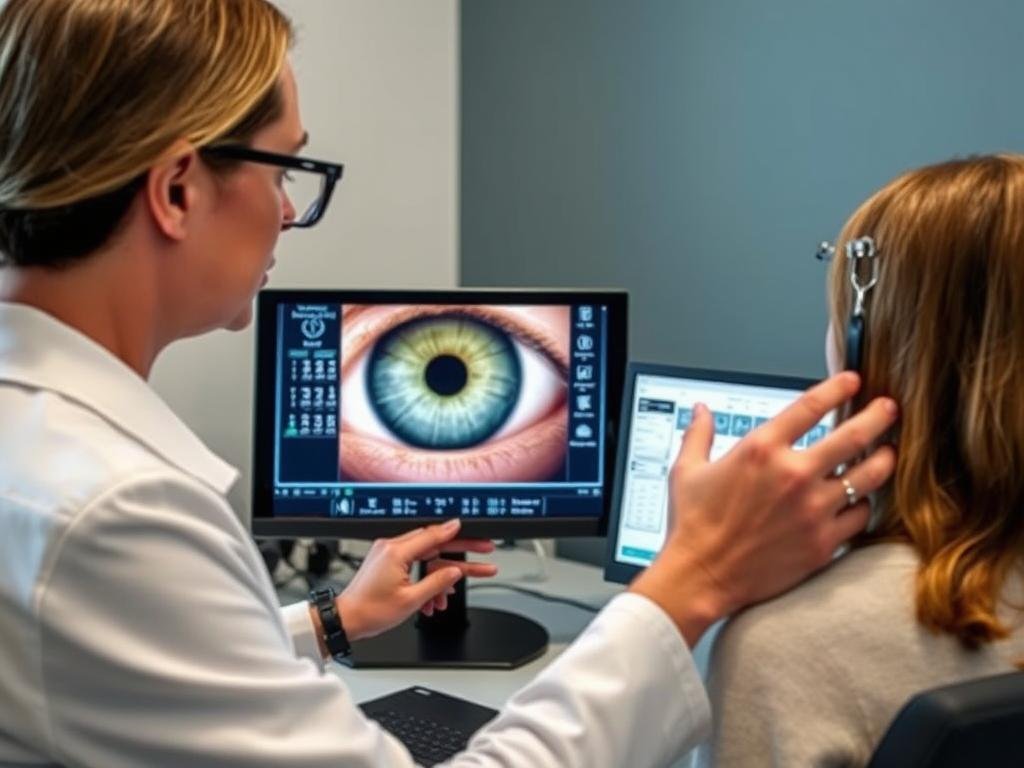
Modern digital مخطط القزحية software in clinical use
Using مخطط القزحية with Other Holistic Practices
Many holistic health practitioners find that مخطط القزحية analysis works best when integrated with other complementary approaches. This integrated strategy allows for a more comprehensive assessment and personalized wellness recommendations.

Integrated wellness center featuring مخطط القزحية analysis
الطرائق التكميلية
- Nutritional Counseling – مخطط القزحية findings may inform personalized nutritional recommendations
- Herbal Medicine – Practitioners may correlate iris signs with specific herbal protocols
- Naturopathy – Iris analysis can complement broader naturopathic assessment
- Acupuncture – Some practitioners integrate iris analysis with Traditional Chinese Medicine
Professional Equipment Needs
- High-resolution Iriscope – For detailed iris examination
- Specialized Iridology Camera – Captures precise iris images
- Analysis Software – Enhances pattern recognition
- Comprehensive Charts – Professional-grade reference materials
Creating مخطط القزحية-Based Wellness Plans
Professional practitioners often develop personalized wellness strategies based on مخطط القزحية analysis combined with other assessment methods. This integrated approach typically follows a structured process:
- Comprehensive Iris Examination – Using professional equipment to capture detailed iris images
- مخطط القزحية تحليل – Mapping iris findings to corresponding body systems
- Integration with Other Assessments – Combining iris analysis with health history and other evaluations
- Personalized Recommendations – Developing tailored wellness strategies based on the complete assessment
- Follow-up Monitoring – Tracking changes over time through periodic iris examinations
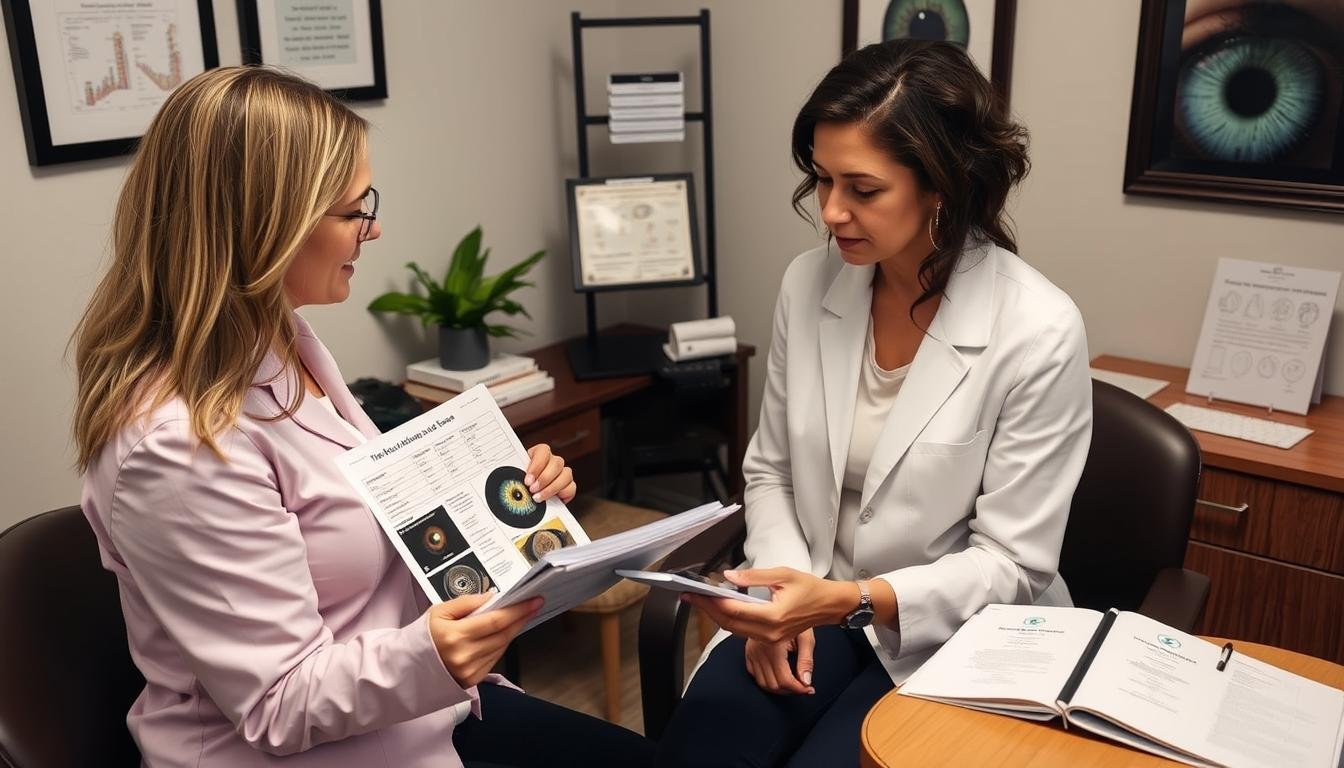
Development of personalized wellness plan using مخطط القزحية analysis
Complete Iridology Professional Systems
Our company offers customizable, high-quality iridology equipment packages including iriscopes, cameras, software, and comprehensive مخططات علم القزحية with global distribution and professional support.
Contact Our Technical Team
كثيرا ما يتم طرح الأسئلة حول مخططات علم القزحية
هل علم القزحية مثبت علميا؟
Conventional medicine does not currently recognize iridology as an evidence-based diagnostic method. Several controlled studies have not found statistical significance to support iridology’s diagnostic claims. However, many holistic practitioners find value in using مخططات علم القزحية as part of a comprehensive wellness assessment approach rather than as a standalone diagnostic tool.
How does an Iridology Chart differ from iris recognition technology?
While both involve examining the iris, they serve entirely different purposes. مخططات علم القزحية are used to assess potential health conditions based on iris characteristics. In contrast, iris recognition technology uses the stable, unique patterns of the iris for biometric identification purposes, similar to fingerprinting.
What equipment do professional iridologists use?
Professional iridologists typically use specialized equipment including high-resolution iriscopes, specialized iridology cameras, digital imaging software for analysis, and comprehensive reference مخططات علم القزحية. This equipment allows for detailed examination and documentation of iris characteristics.
Can Iridology Charts predict future health problems?
Some iridology practitioners suggest that iris signs may indicate predispositions or tendencies toward certain health conditions. However, it’s important to understand that مخططات علم القزحية should not be used to diagnose specific diseases or predict future health problems with certainty. They are best used as one component of a holistic health assessment approach.
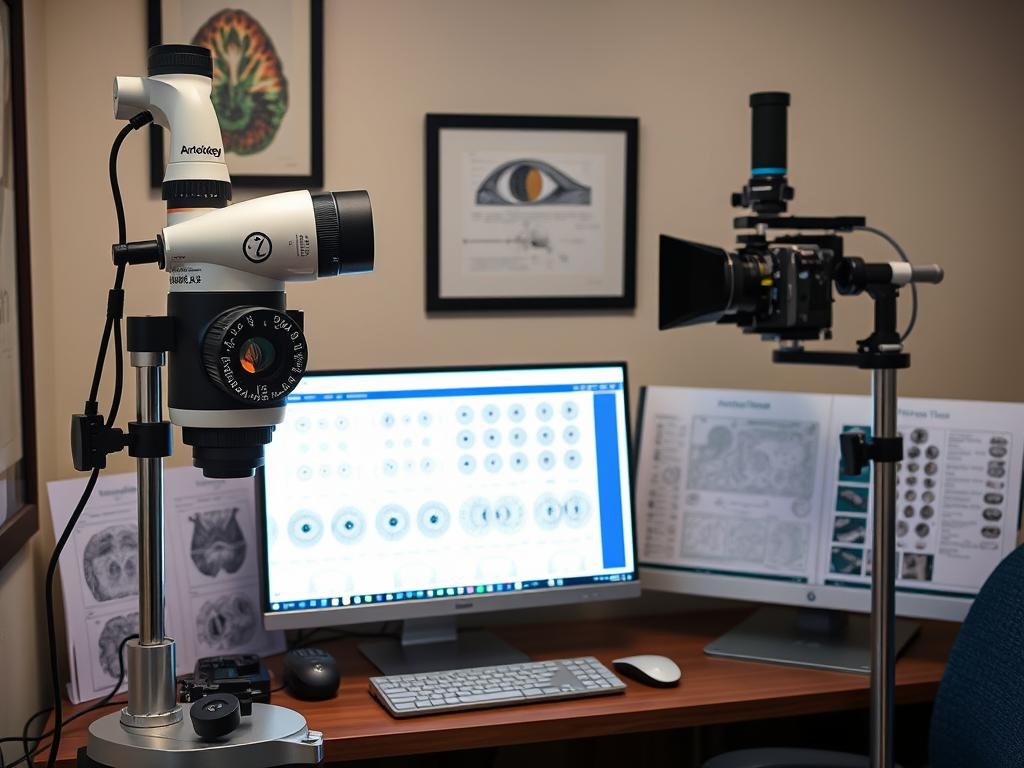
Professional iridology equipment including comprehensive مخططات علم القزحية
The Future of مخطط القزحية Analysis in Holistic Wellness
As interest in integrative and holistic health approaches continues to grow, مخطط القزحية analysis remains a fascinating component of non-conventional assessment methods. While scientific validation remains limited, many practitioners and clients find value in the holistic perspective that iridology offers.
The future of iridology likely lies in its integration with other assessment methods rather than as a standalone diagnostic tool. Technological advancements in imaging and analysis software continue to enhance the precision and consistency of iris examinations, potentially opening new avenues for research and application.
For holistic health practitioners interested in incorporating مخطط القزحية analysis into their practice, professional-grade equipment and comprehensive training are essential for responsible and effective implementation.
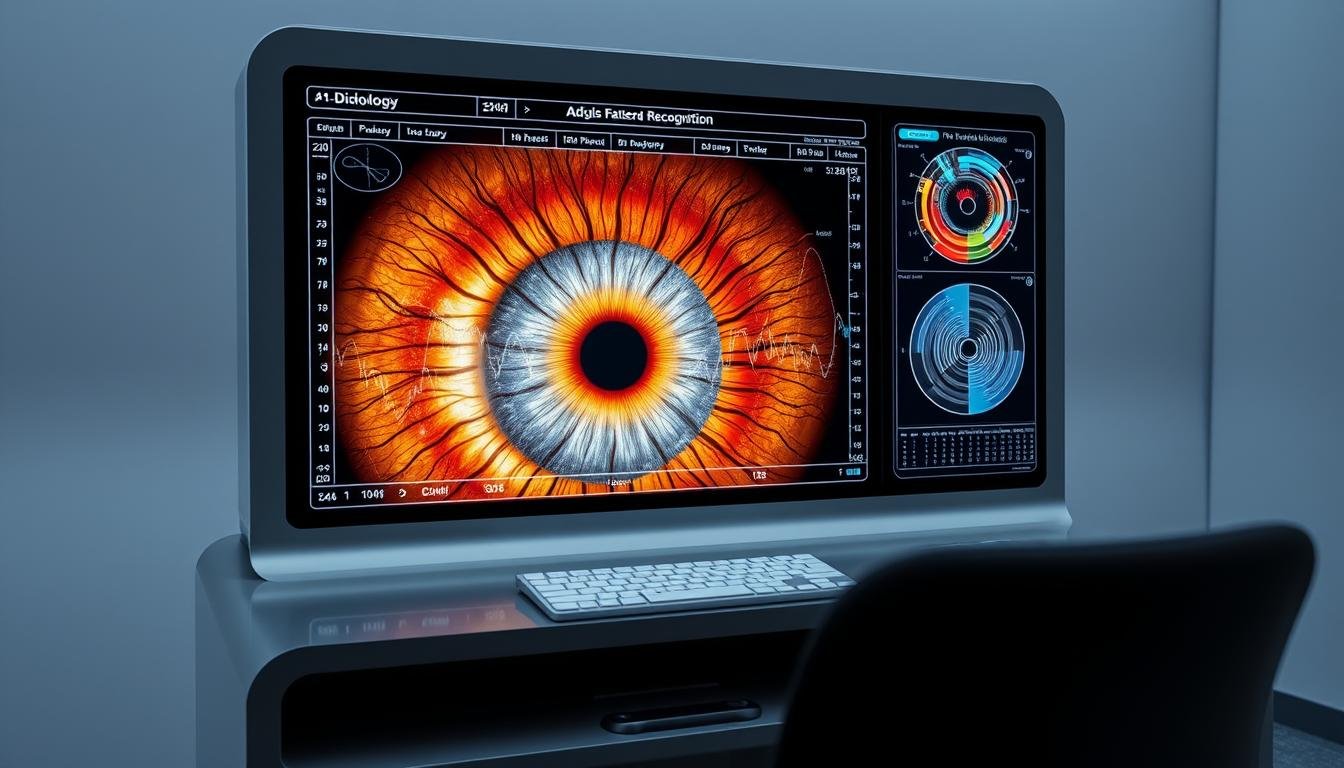
Next-generation digital مخطط القزحية analysis technology
Professional Iridology Solutions
Our company provides customizable, high-quality medical iridology equipment including iriscopes, cameras, software, and comprehensive مخططات علم القزحية with global distribution and professional support.



















